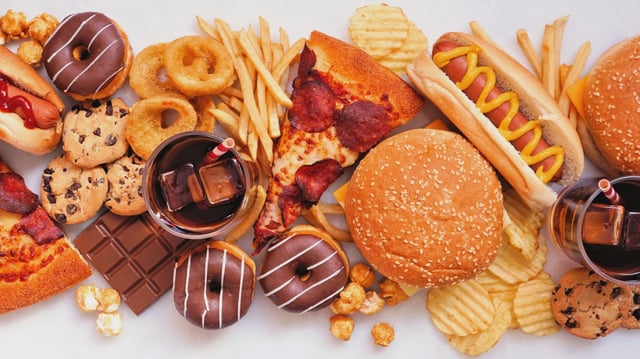Overview
- CDC surveillance shows the average American consumes 55% of daily calories from ultra-processed foods and children aged 1–18 derive nearly 62%, highlighting widespread dependence
- An AHA science advisory underscores UPF heterogeneity, links high consumption to a 25%–58% greater cardiometabolic risk and up to 66% higher mortality, and urges front-of-package labeling, HFSS taxes, additive bans and GRAS reform
- A UK BMJ Nutrition study finds the country’s HFSS nutrient profiling rules capture only about 59% of UPF calories by energy, leaving over 40% of intake unregulated
- A recent NIH randomized crossover trial shows UPF diets drive spontaneous intake of roughly 500 extra calories per day compared with minimally processed diets, strengthening causal evidence
- Experts warn that equity considerations demand policies that curb harmful UPFs while safeguarding affordable access to healthier options for low-income communities



